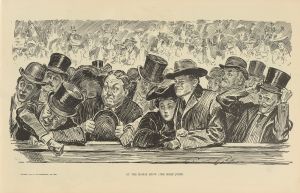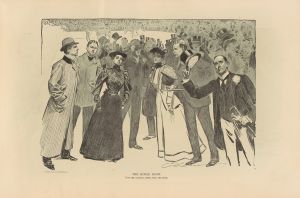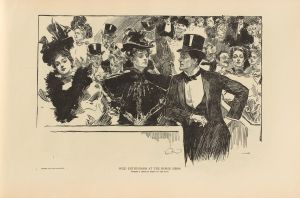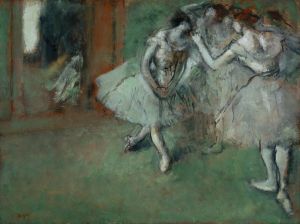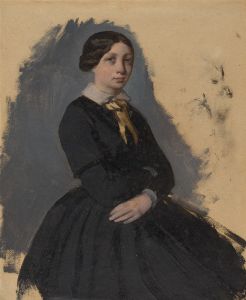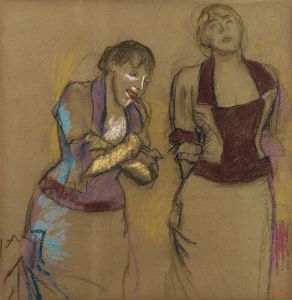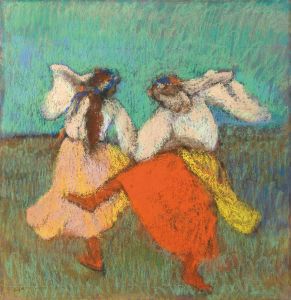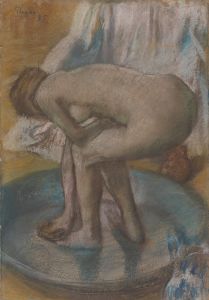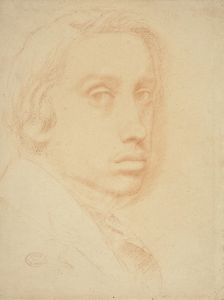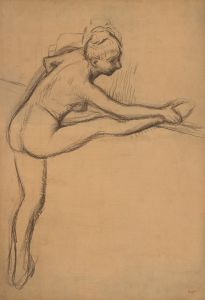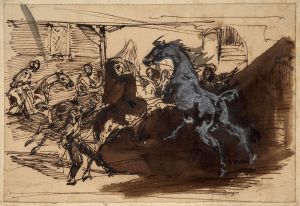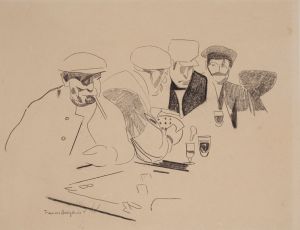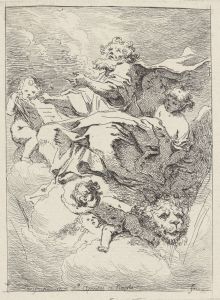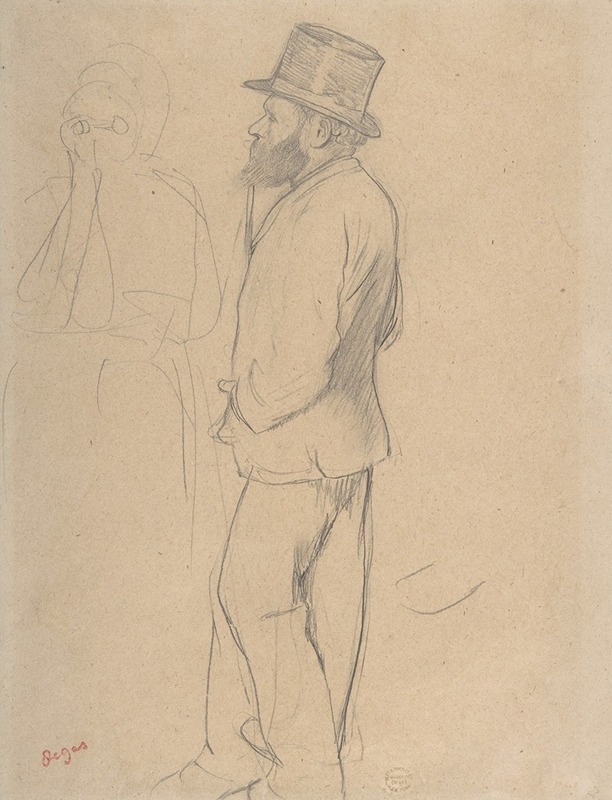
Edouard Manet at the Races
A hand-painted replica of Edgar Degas’s masterpiece Edouard Manet at the Races, meticulously crafted by professional artists to capture the true essence of the original. Each piece is created with museum-quality canvas and rare mineral pigments, carefully painted by experienced artists with delicate brushstrokes and rich, layered colors to perfectly recreate the texture of the original artwork. Unlike machine-printed reproductions, this hand-painted version brings the painting to life, infused with the artist’s emotions and skill in every stroke. Whether for personal collection or home decoration, it instantly elevates the artistic atmosphere of any space.
"Edouard Manet at the Races" is a painting by the renowned French artist Edgar Degas, created around 1868. This work is an exemplary piece that highlights Degas' interest in capturing contemporary life and his innovative approach to composition and perspective. The painting depicts the famous French painter Edouard Manet, a close friend and contemporary of Degas, at a horse racing event, a popular pastime in 19th-century France.
Degas and Manet were both pivotal figures in the Impressionist movement, although Degas preferred to be associated with the term "Realist." Their friendship and mutual influence are well-documented, and "Edouard Manet at the Races" serves as a testament to their relationship. The painting is notable for its informal and candid portrayal of Manet, capturing him in a moment of leisure rather than in a formal setting. This approach reflects Degas' interest in depicting modern life and his departure from traditional historical and mythological subjects.
The composition of the painting is dynamic, with Degas employing a unique perspective that was innovative for its time. The use of cropping and the positioning of figures within the frame suggest the influence of photography, a medium that was gaining popularity during this period. Degas was known for his keen observational skills and his ability to convey movement and spontaneity, qualities that are evident in this work.
Degas' technique in "Edouard Manet at the Races" is characterized by his use of loose brushwork and a muted color palette, which contribute to the painting's sense of immediacy and realism. The depiction of light and shadow is subtle yet effective, enhancing the overall atmosphere of the scene. Degas often experimented with different media, and his works from this period show a transition from traditional oil painting to the incorporation of pastels, although this particular painting is executed in oil.
The subject matter of horse racing was a recurring theme in Degas' oeuvre, reflecting his fascination with movement and the social aspects of sporting events. This interest aligns with the broader Impressionist focus on modernity and the depiction of contemporary leisure activities. Degas' horse racing scenes are celebrated for their dynamic compositions and the artist's ability to capture the energy and excitement of the races.
"Edouard Manet at the Races" is housed in a private collection, making it less accessible to the public compared to some of Degas' other works. However, it remains an important piece within his body of work, offering insight into his artistic development and his relationship with Manet. The painting exemplifies Degas' skill in portraiture and his innovative approach to capturing the essence of modern life.
In summary, "Edouard Manet at the Races" is a significant work by Edgar Degas that encapsulates the artist's interest in contemporary subjects, his friendship with Edouard Manet, and his pioneering techniques in composition and perspective. The painting is a valuable contribution to the study of 19th-century art and the Impressionist movement.





